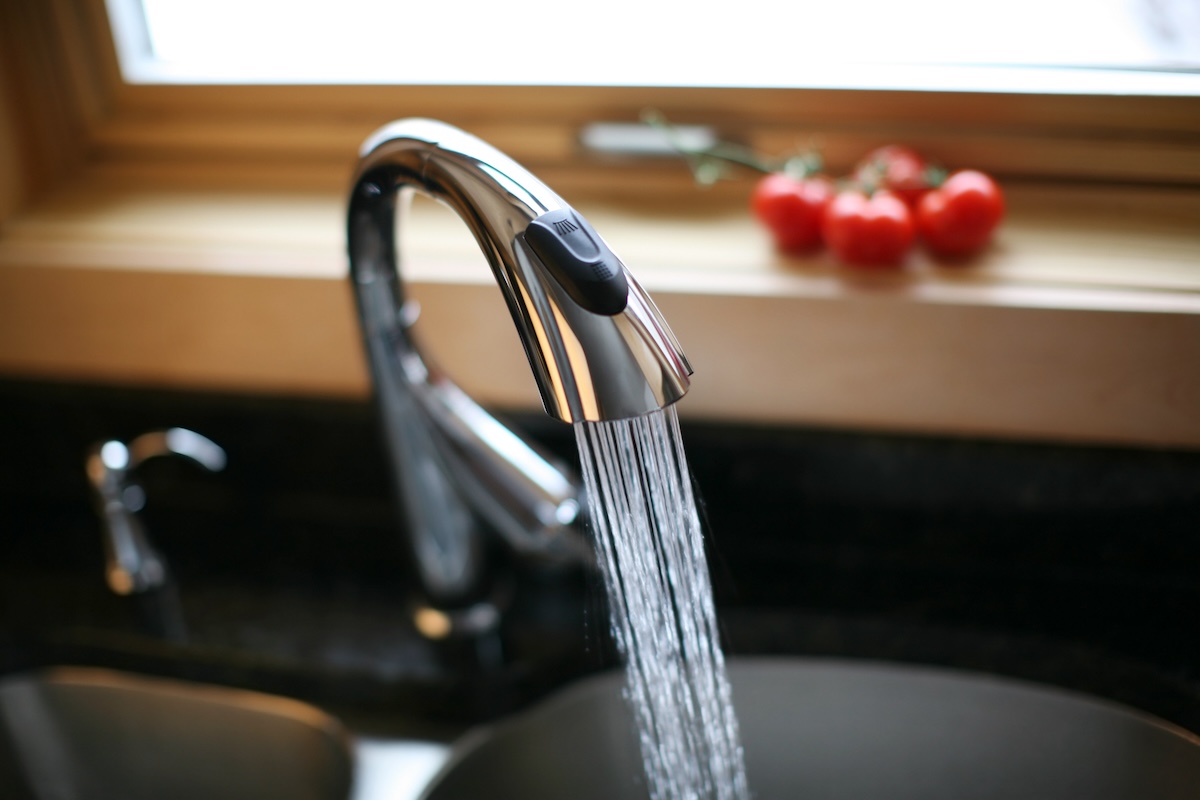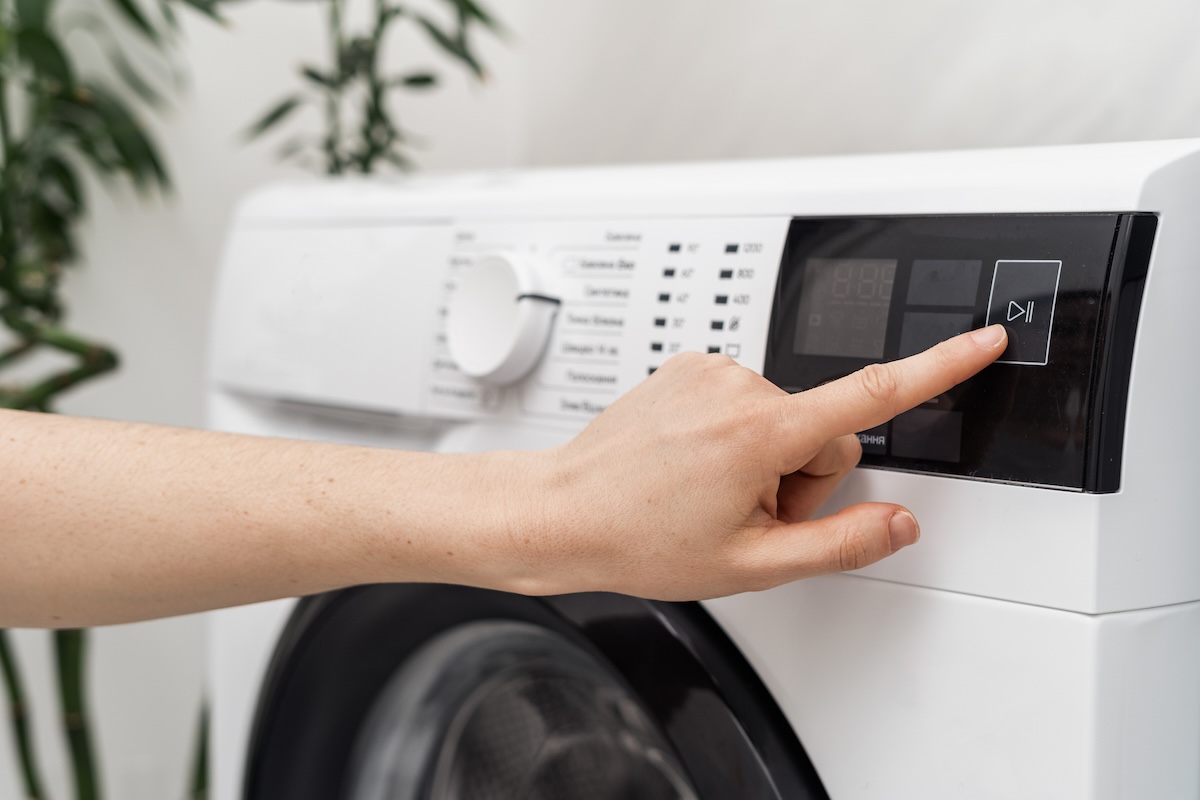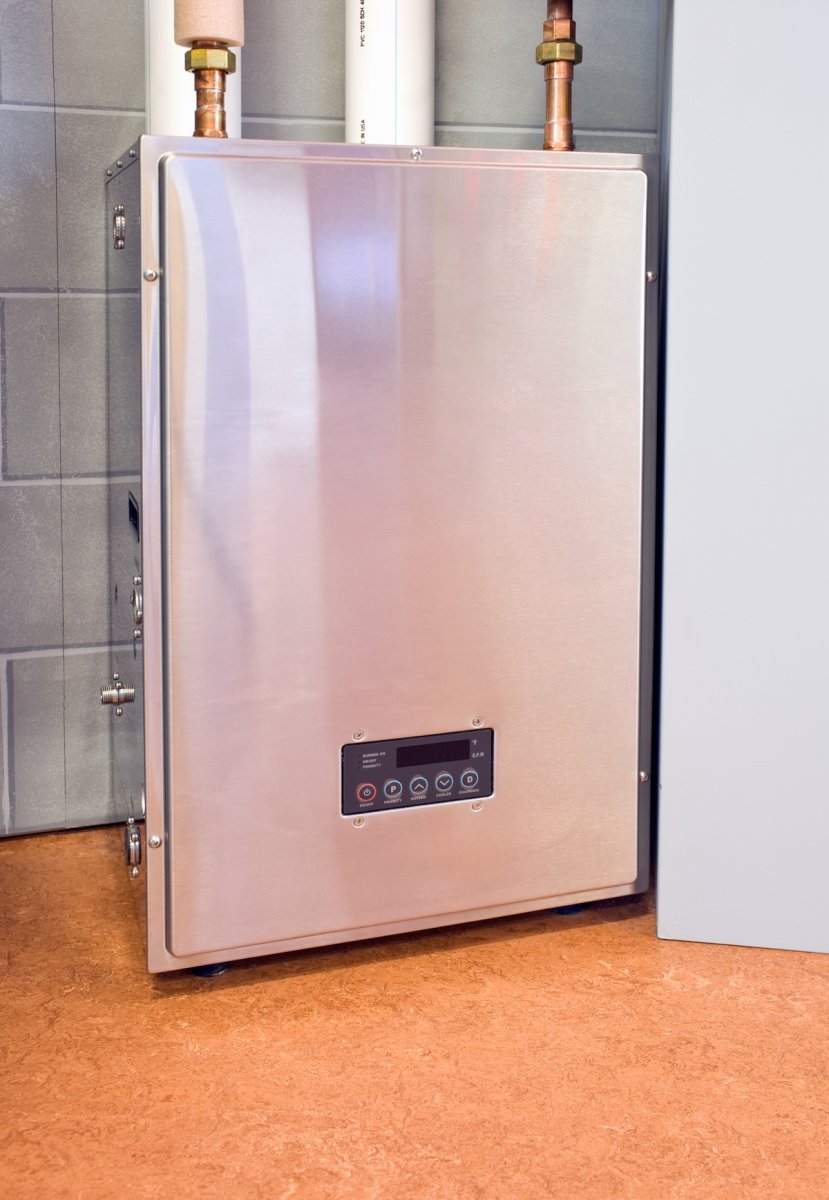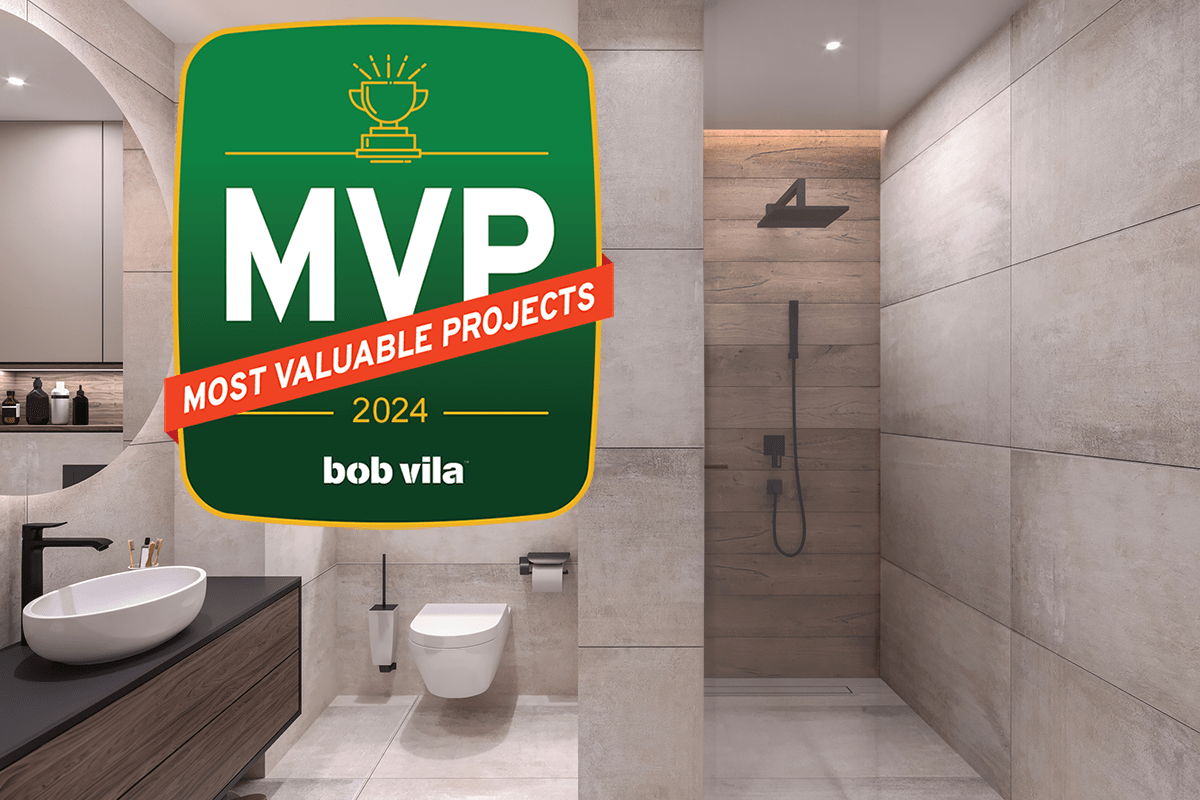We may earn revenue from the products available on this page and participate in affiliate programs. Learn More ›
This is the first installment of Bob Vila’s Most Valuable Projects of 2024, a month-long series featuring high-ROI home improvements for water conservation, electrification, home health, and resiliency. Each week, we’re pulling from our vast library of informational content, vetted shopping guides, and connections to industry professionals to present primers on the top projects to take on this year.
The average U.S. household spends about $1,100 a year on water. Switching to high-efficiency plumbing fixtures and appliances can not only decrease your utility bill, it may even increase your home’s resale value.
Homeowners that replace old washing machines and dishwashers with Energy Star-certified models, and shower heads, faucets, and toilets with WaterSense-labeled fixtures, can save an estimated $350 annually. You can benefit even more by reducing the amount of water you use outdoors to irrigate your lawn and garden beds through such practices as xeriscaping and using drip irrigation systems instead of traditional sprinklers.
Home water conservation also helps take the pressure off of municipal wastewater treatment plants and protects freshwater ecosystems. Ahead, we’ve assembled informative articles and product guides to help you maximize water efficiency, save money, and add value to your home and daily life.
Low-Flow Fixtures

You stand to save a lot on your water bill by installing low-flow toilets, shower heads, and faucets. In fact, the average U.S. household can save a whopping 700 gallons of water per year just by switching to low-flow faucets and aerators, according to the Environmental Protection Agency. WaterSense shower heads offer even more savings, cutting water usage by about 2,700 gallons per year. And changing your toilet to a low-flow WaterSense model that uses just 1.6 GPM will cut your water use by as much as 60 percent, reducing your water use by an eye-popping 13,000 gallons, which can save more than $170 per year.
Worried about low-flow toilets clogging or WaterSense shower heads not producing enough pressure to rinse conditioner from your hair? Don’t be. The days of poor performing low-flow fixtures are over thanks to the advent of gravity flow and pressure-assisted flush technology in toilets, and aerating tech in shower heads and faucets.
MORE ON LOW-FLOW FIXTURES:
➤ Important Things to Know About Low-Flow Fixtures
➤ The Best Water-Saving Shower Heads You Can Buy
➤ The Best Dual-Flush Toilet Options for the Home
➤ The Best Bathroom Faucets With WaterSense
➤ The Best Kitchen Faucets With Flow Rates Under 2 GPM
Efficient Appliances

Washing machines and dishwashers present another opportunity for cutting back on water use. The average washer uses about 20 gallons of water per load. Given that the average family washes about 300 loads a year, water use can add up quickly. You can reduce the amount of water you use to wash clothes by about a third by switching from a conventional washer to an Energy Star-certified model that only uses an average of 14 gallons of water per load.
Your dishwasher is also a potential source of water waste. The average dishwasher uses about 6 gallons per load with older models consuming as much as 10 gallons per load, according to the EPA. Given that the average dishwasher tallies an average of 215 loads of dishes per year, that water use adds up. You can cut the amount of water you use to wash dishes to 3.5 gallons per load by replacing your old dishwasher with an Energy Star-certified model. And don’t forget that washers and dishwashers also use electricity, so the energy-efficient models will also help reduce your electric bill.
MORE ON EFFICIENT APPLIANCES:
➤ Dishwasher vs.Hand Washing: When to Use Each
➤ The Best Dishwashers That Use Less Water
➤ How Much Water Does a Washing Machine Use?
➤ The Best Washing Machines You Can Buy
➤ The Best Tankless Water Heaters for the Home
Smart Plumbing Plans

While using Energy Star-certified appliances and WaterSense-labeled fixtures offer the biggest potential for water savings, there are also less obvious ways to conserve water in your home. Adding a hot water recirculation line for your tank or tankless hot water heater is one example. This dedicated line rapidly pumps hot water to the faucet, so you don’t waste water as you’re waiting for it to heat up.
Addressing leaky pipes or fixtures is also key to saving water. For example, a leaky tap that drips just one drop of water per second will waste 3,000 gallons over a year’s time, wasting water while also sapping your plumbing of water pressure. According to the EPA, the average household loses almost 10,000 gallons of water from leaks every year. You can cut down on this water loss by fixing any leaky pipes, toilets, faucets, or shower heads.
MORE ON SMART PLUMBING PLANS:
➤ How Does a Tankless Water Heater Work?
➤ How Much Does a Tankless Water Heater Cost?
➤ 8 Ways to Increase Water Pressure In Your Home
➤ The Best Water-Leak Detectors, Tested and Reviewed
Landscape Irrigation

Home water use often spikes when warmer temperatures arrive and sprinklers are being used to keep gardens and lawns well irrigated. According to the EPA, water use can double or even quadruple during the summer months.
There are a few strategies for cutting back on your warm weather outdoor water use. Selecting drought-tolerant plants that can withstand high temperatures and long periods between rainfall reduces or even eliminates the need to supplement watering. Consider adopting xeriscaping, which is the practice of creating a water-efficient landscape with native plants that are tolerant of the local climate. Such yards not only require less water but also less maintenance.
Using a drip irrigation system that targets water to plant roots in gardens and landscaping beds instead of a sprinkler can save up to 80 percent in water use. You can also use rain barrels to collect water, reducing the amount of freshwater you use to water your plants.
MORE ON LANDSCAPE IRRIGATION:
➤ Xeriscape Landscaping 101
➤ Drought-Tolerant Plants for Home Landscaping
➤ The Best Drip Irrigation Systems for Precision Watering
➤ The Best Rain Barrels for Collecting Water


